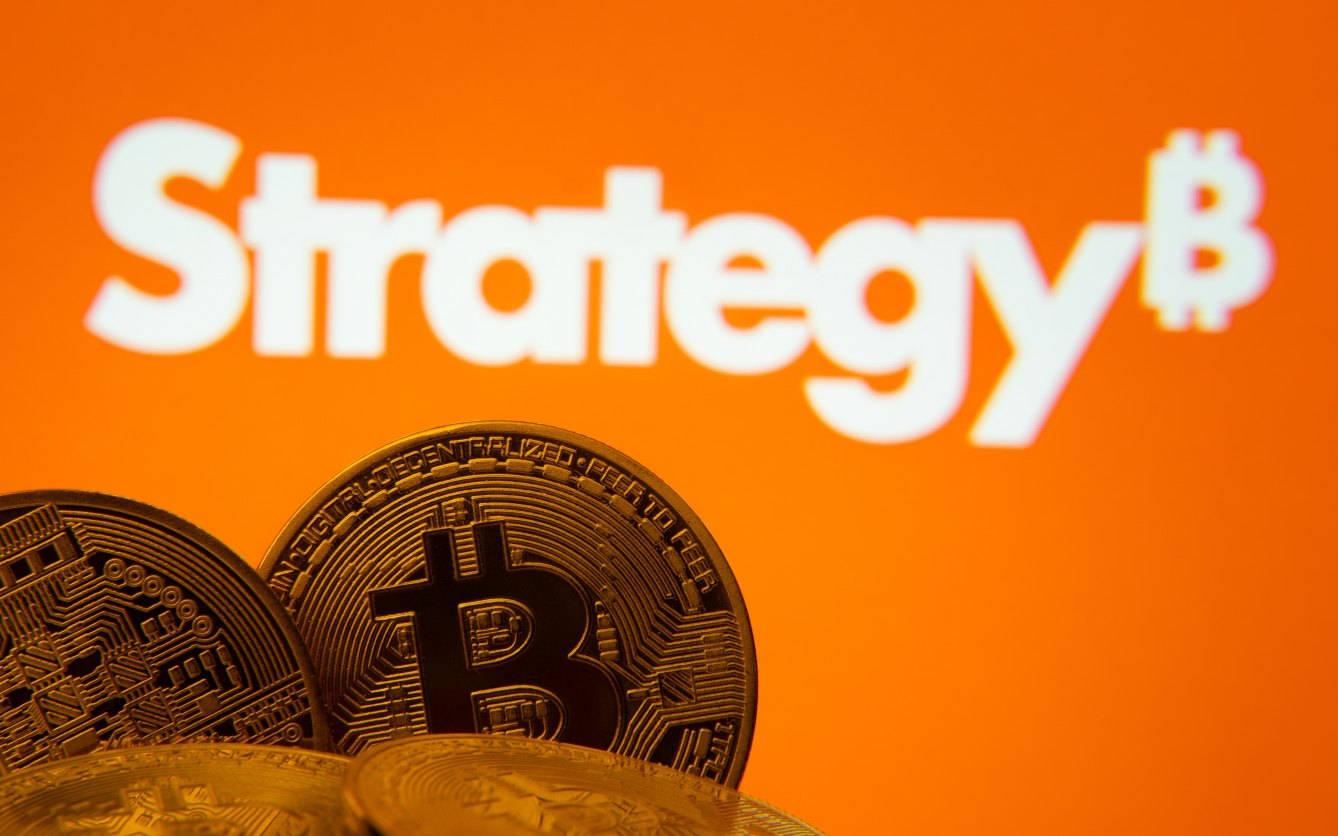TREASURIES-US yields flat to slightly lower as market speculates on Fed's Powell's speech

By Gertrude Chavez-Dreyfuss
NEW YORK, Aug 20 (Reuters) - U.S. Treasury yields were little changed to marginally down on Wednesday in subdued, rangebound trading, as investors considered what Federal Reserve Chair Jerome Powell will say on Friday at a central bank gathering in Jackson Hole, Wyoming.
Some bond investors view the Fed's annual symposium as a de facto meeting of the Federal Open Market Committee, as previous central bank chairs have used the conference as a springboard to flag their next policy move or signal a shift in stance.
"The general expectation at this point is for a dovish tilt, especially with the focus on the labor market and certainly in light of the July non-farm payrolls report. The July number itself was obviously very weak, but the downward revisions were the real story," said Zachary Griffiths, head of investment-grade and macro strategy at CreditSights in Charlotte, North Carolina.
"It will probably be difficult to really discern whether or not they open the door to a 50 basis-point cut in September. But that's our base case and it's a big shift. If you look at the labor market data now, and compare it to a year ago prior to the Fed's 50 basis-point rate cut in September 2024, the data looks worse now," he added.
Ahead of the Jackson Hole meeting, federal funds futures, which are tied to the U.S. central bank's monetary policy, have priced in an 83% chance of easing in September, compared with 94% a week ago, according to the CME's FedWatch.
All told, the market has factored in about 56 basis points (bps) in easing this year and a total of 126 bps in rate declines by the end of 2026.
In morning trading, the U.S. two-year yields, which are tied to the Fed's monetary policy, slipped 1.7 bps to 3.737% US2YT=RR.
The benchmark 10-year yield was flat at 4.295% US10YT=RR.
U.S. 30-year yields were also little changed at 4.899% US30YT=RR.
The yield curve, as a result, was virtually unchanged from Tuesday's level, at 55.4 bps US2US10=TWEB. However, the curve's steepening trend remained intact as the market expects the Fed to resume its cutting cycle that should keep the front end tethered.
On Monday, the curve hit its steepest level since mid-July in a bear-steepening mode, mainly a reflection of higher inflation expectations.
Also offering her take on the Jackson Hole meeting, Kim Rupert, managing director of financial analysis at Action Economics, said she does not anticipate Powell providing any clues on where he stands on potential policy easing next month.
"We do not expect him to front run the Committee's decision on September 17, especially given the dovish and hawkish divides among policymakers, and as there are crucial employment and inflation data still ahead," Rupert said.
The bigger question, she noted, is whether Powell pushes back against the roughly 83% probability in the rate futures market on a rate cut in September. If he does, Rupert thinks such a move could be viewed as "anti-Trump politization of the Fed too."
Fed minutes of the July meeting will be due out later on Wednesday as well, but that is not expected to offer new clues on monetary policy ahead of the Jackson Hole conference.
Also on Wednesday, the U.S. Treasury will auction $16 billion in new 20-year bonds. J.P. Morgan in a research note said the auction should be absorbed smoothly, given the recent decline in prices that saw yields rise on an outright basis and improved depth in the Treasuries market.







